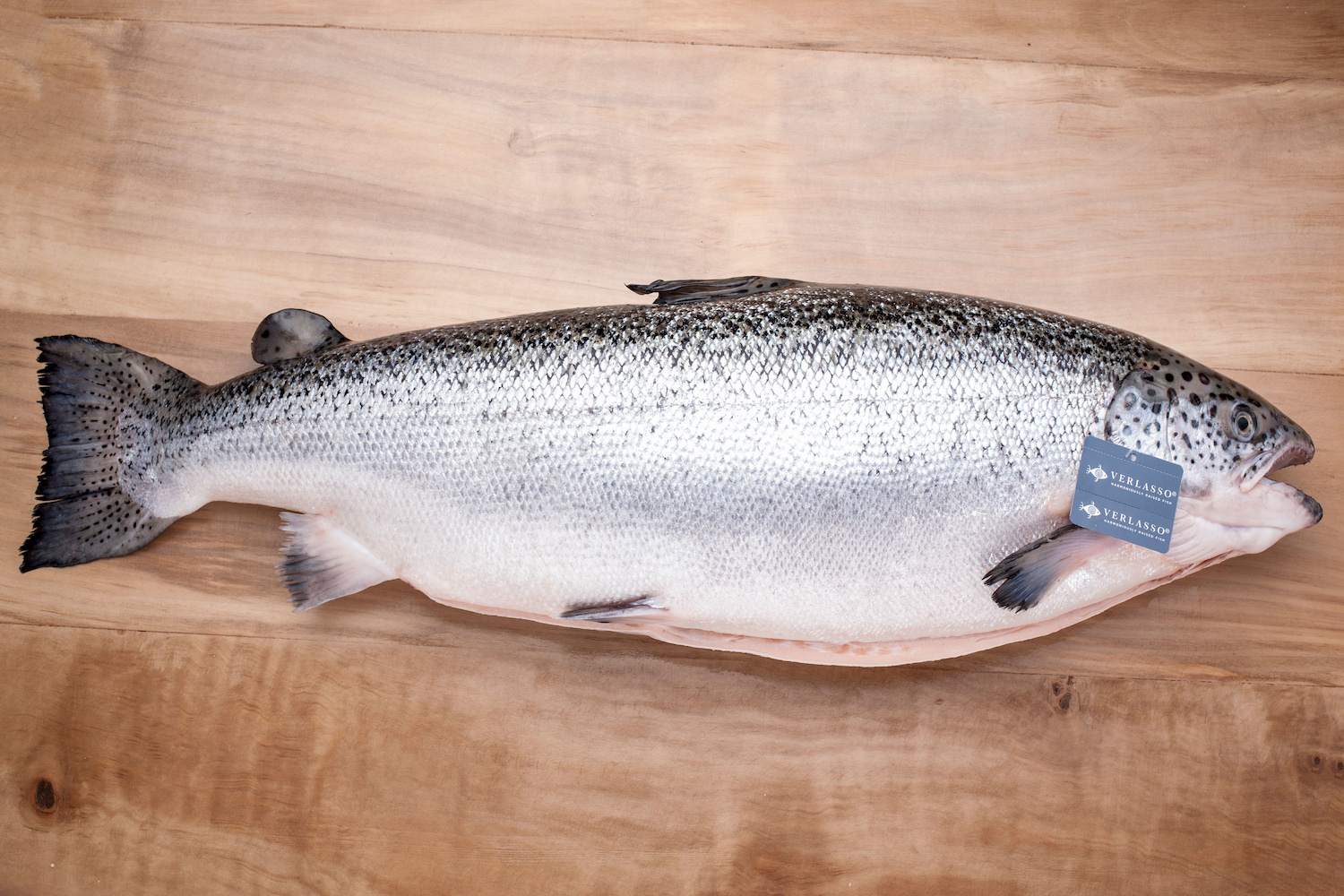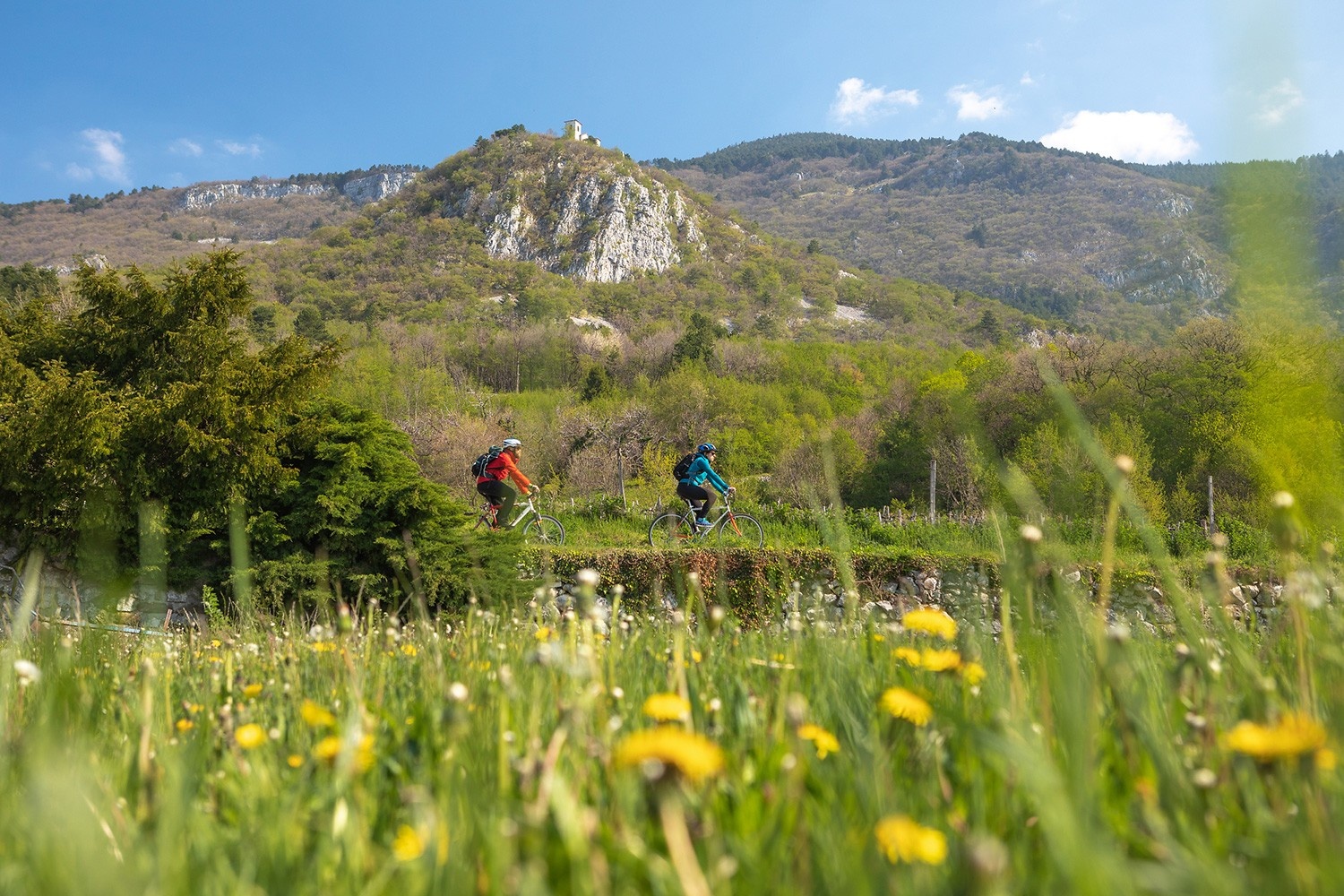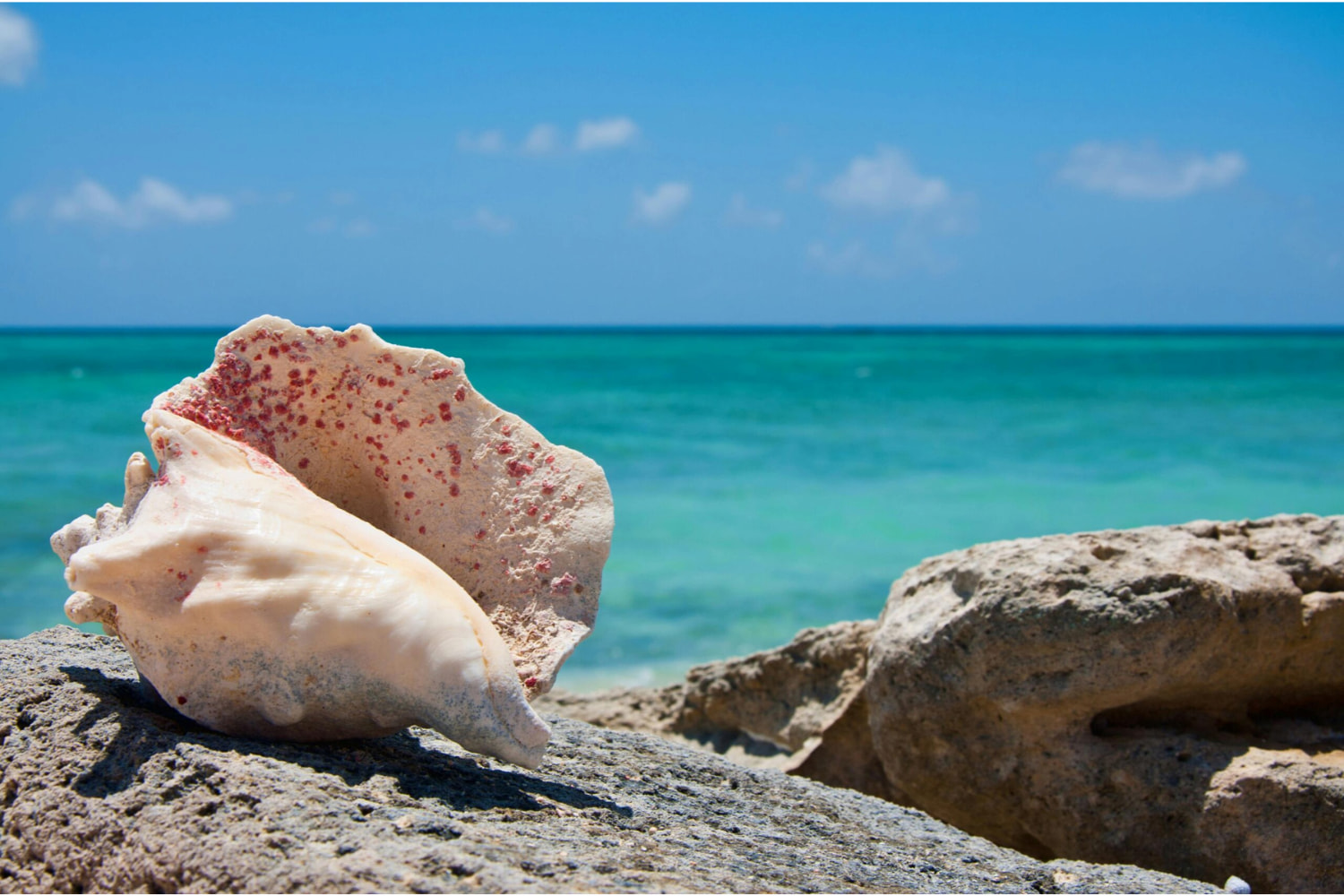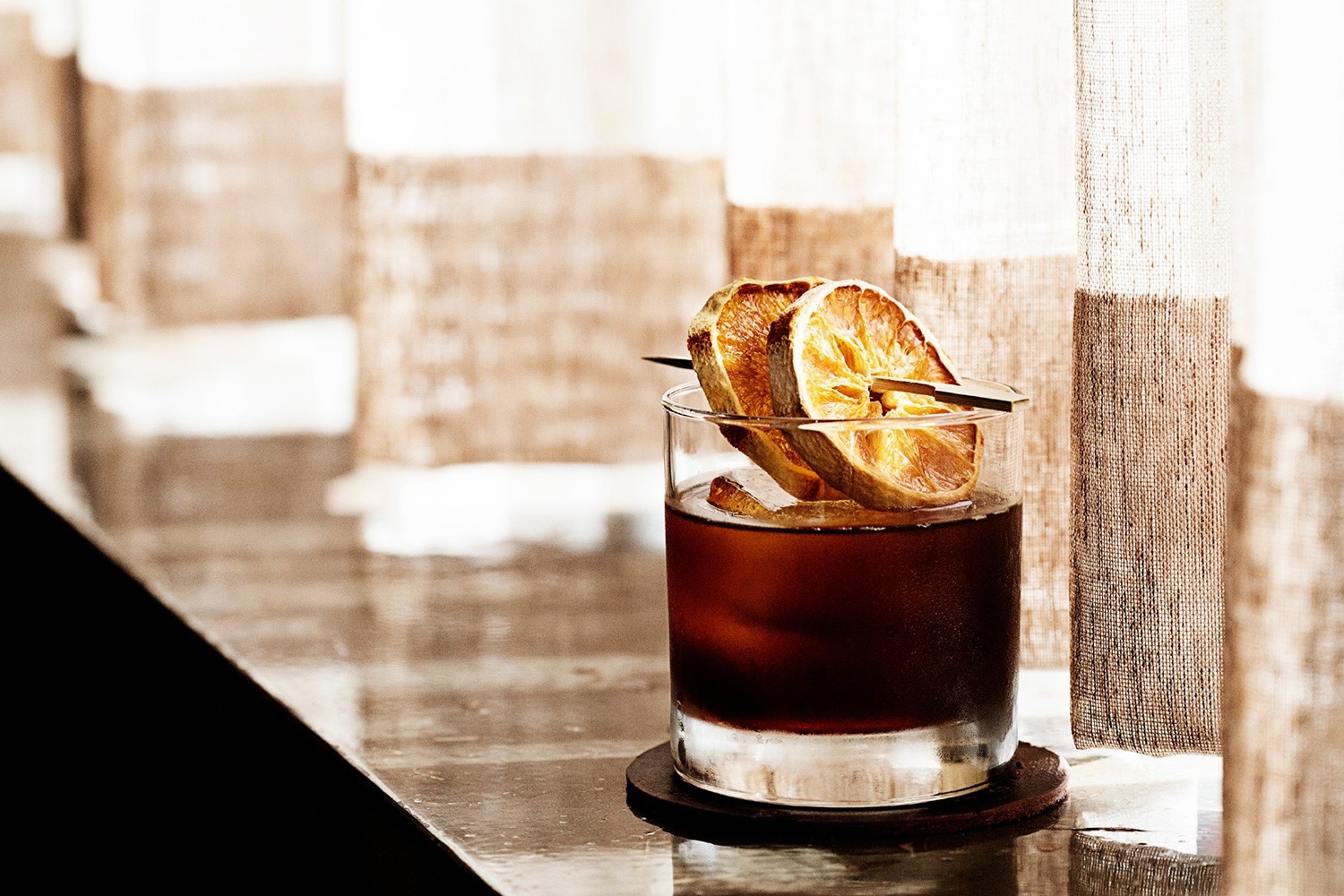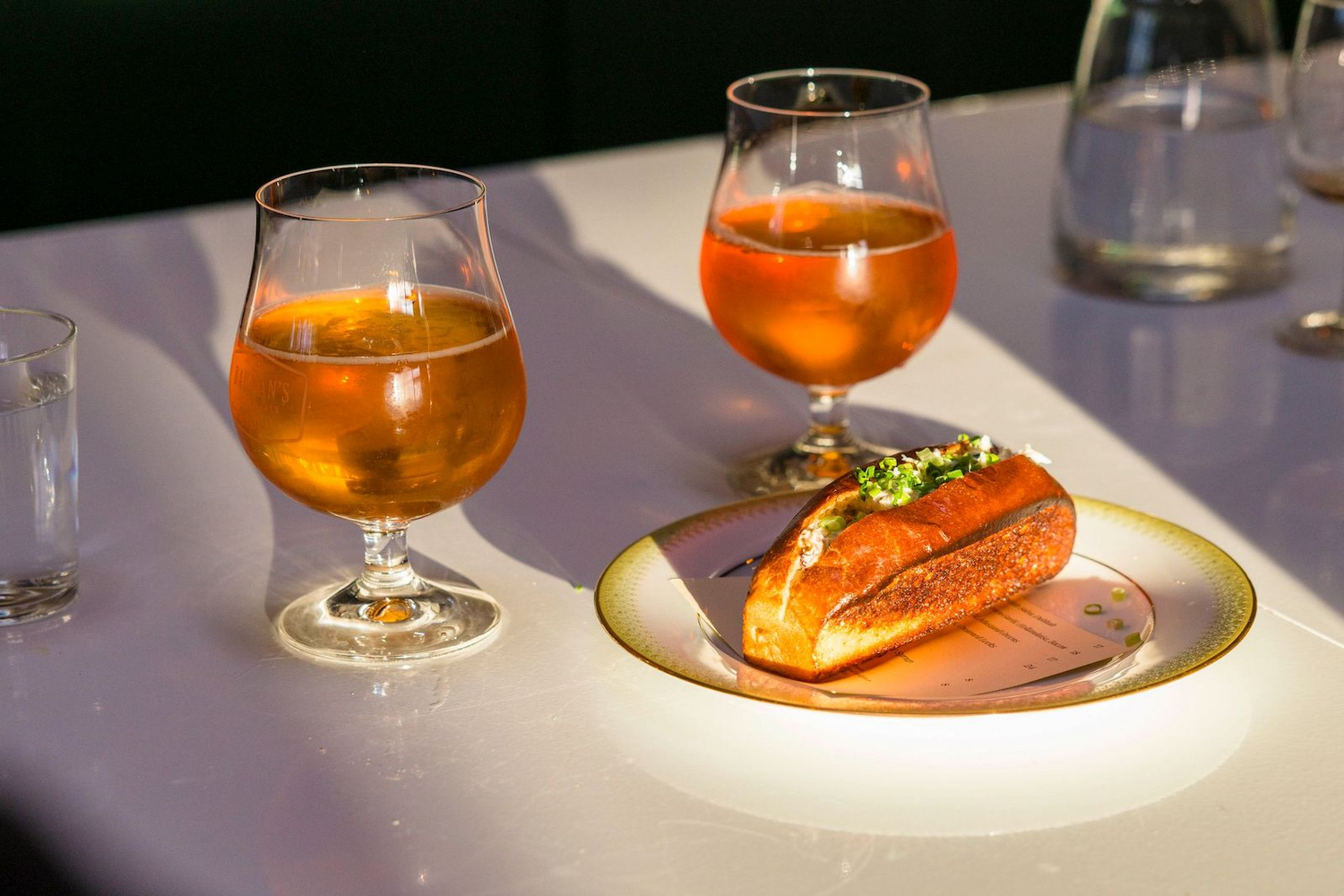NORTH STARS:
Production & Consumption
Wildlife & Ecosystems
Waste Management
“While wild salmon has its benefits – flavor and nutritional value being the most important – farmed fish should have its place in our diets.”
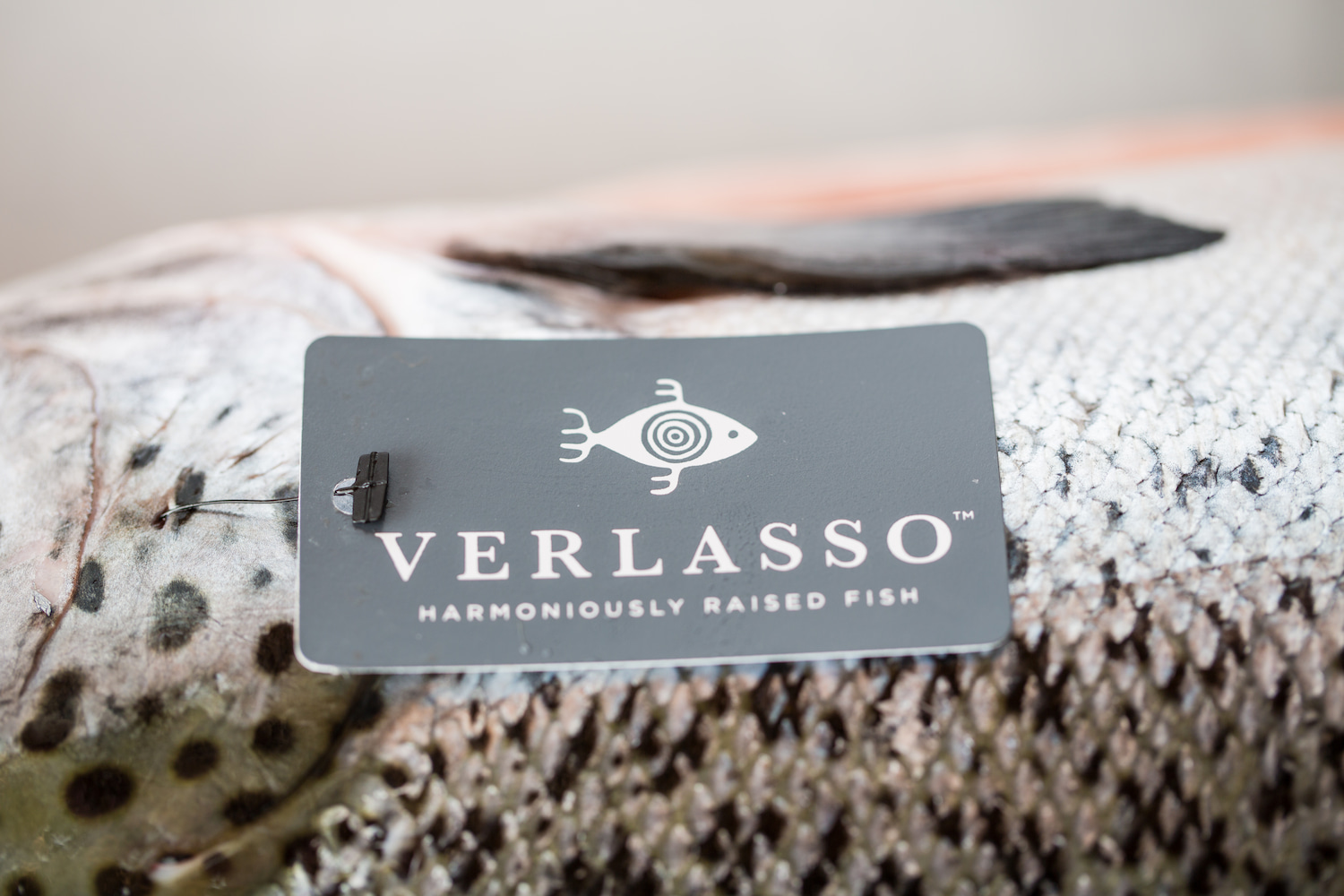
Courtesy of Verlasso
The Azure Road Take
A few weeks ago, I had the chance to try Verlasso salmon. The shipment was part of a Heritage Steel chef demo (more on that soon!), but I finished the hour-long cooking class just as intrigued by the fish as by the pan. As a longtime lover of salmon — and someone well aware of the fish’s environmental baggage and the sketchy history of large-scale farming — I did a little digging into the company’s positioning and practices.
Each fillet came tagged with a branded QR code meant to show earnest traceability, so I scanned it to see what surfaced.
According to the website, Verlasso salmon spend their lives in the remote fjords of Chile’s Magallanes region, where cold, fast-moving water from the Humboldt Current keeps things clean and oxygen-rich. Each fish gets space — about one per 12 cubic meters — which helps reduce stress and disease without the crutch of preventative antibiotics. They’re harvested to order and processed within hours, so by the time a fillet lands in your kitchen, it’s sushi-grade and ready to go.
But do claims of better farming and more sustainable practices actually hold up?
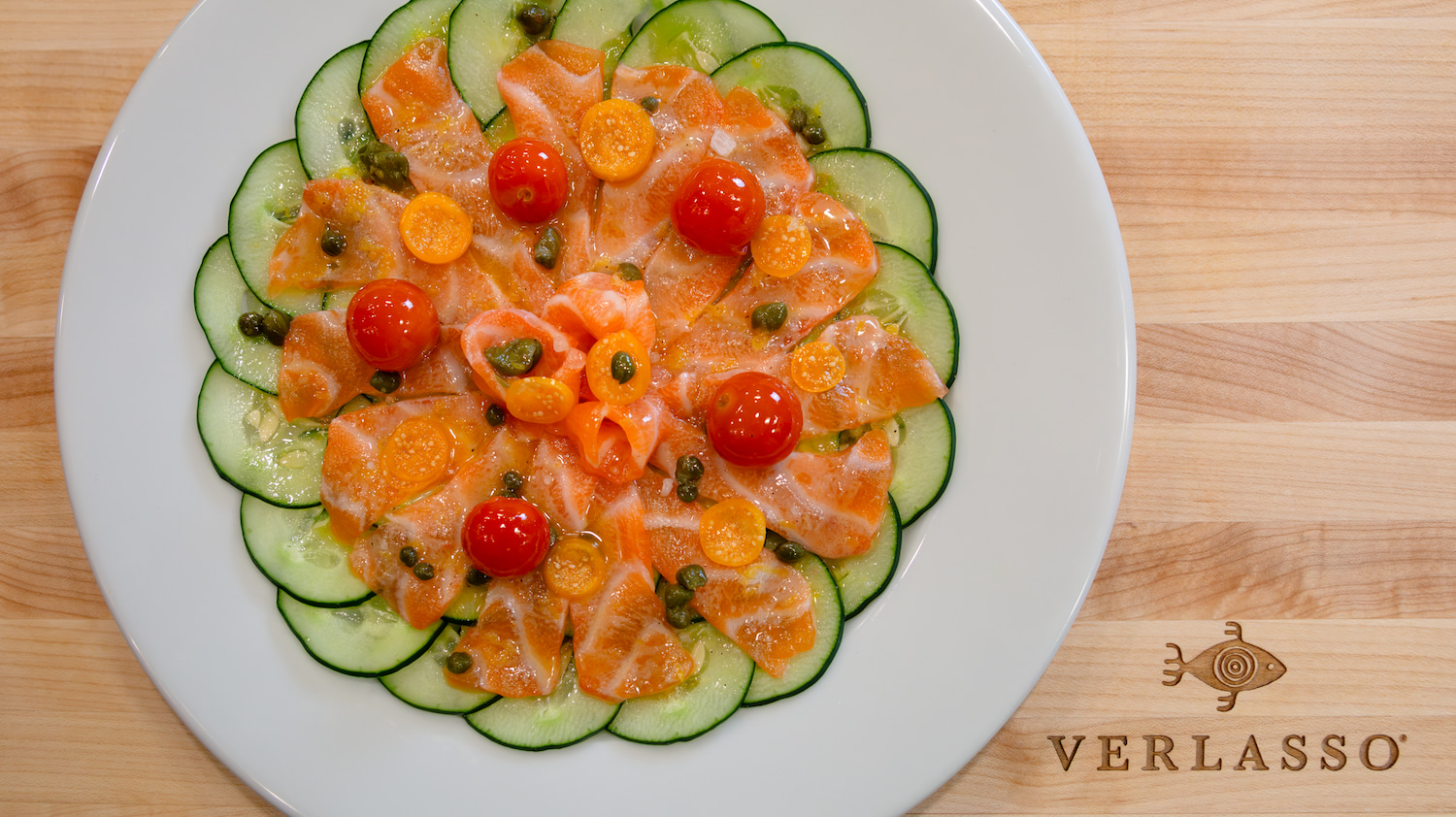
Courtesy of Verlasso
Sustainability Chops
Farmed salmon has a past — and it’s not great. For years, the industry relied on wild fish to feed farmed fish, often using three to five pounds of ocean-caught anchovies or sardines to produce one pound of salmon. Not exactly sustainable.
Verlasso flipped that ratio. Instead of feeding their salmon wild fish, they use a mix of algae (rich in omega-3s) and fish trimmings left over from certified sustainable seafood processing. The result is a fish-in, fish-out ratio under 1:1 — they produce more edible protein than they take from the ocean. That’s still the exception in aquaculture.
They also claim to have spacious pens, avoid routine antibiotics and hormones, and skip synthetic color additives. The salmon’s pink color comes from yeast-based astaxanthin, a natural alternative to synthetic pigments.
Verlasso also fallows its farms between harvests — meaning the pens are left empty for several months to let the ocean floor recover, waste break down naturally, and any lingering parasites or pathogens die off before the next cycle begins. Finally, nets are free from copper-based antifouling paint — the kind that leaches heavy metals into the water.
Verlasso reports that no known fish, to date, have escaped its farm. They credit this to a double-net containment system and the remote location of their sites in Chile’s Patagonia region, which lacks native wild salmon — reducing the risk of ecological disruption if an escape does happen.
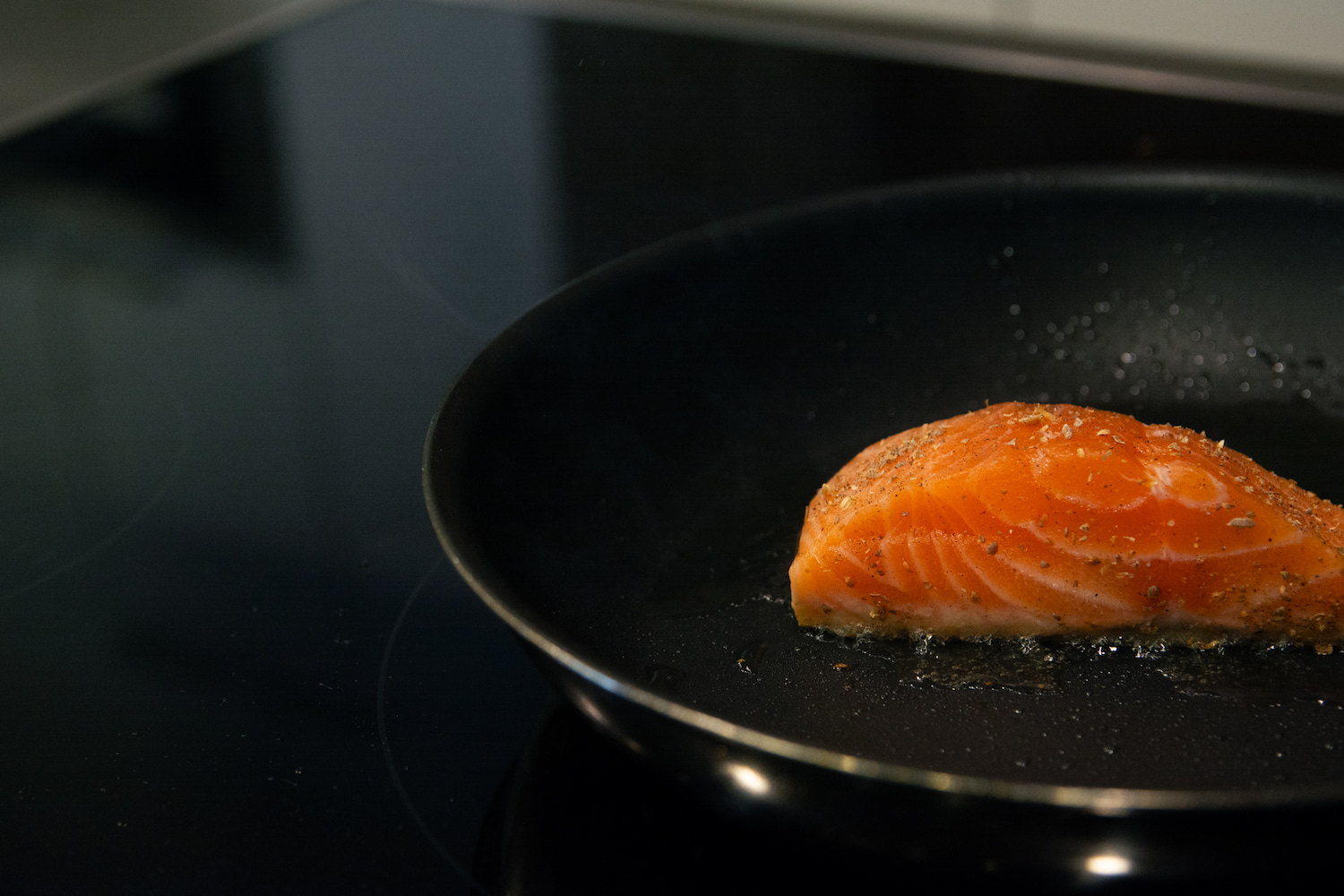
Courtesy of Verlasso
The Bite
So far, I have cooked Verlasso salmon several ways. Roasting the whole slab in the oven with a spicy dry rub (yes!); grilling it on a cedar plank; and sliced a few portions for a crudo in a lemony vinaigrette. I also cut several whole fillets into portions for the freezer and have pulled them out for weeknight meals. They hold up beautifully and taste as fresh as when the fish arrived in a chilled box at my front door.
While wild salmon has its benefits – flavor and nutritional value being the most important – farmed fish should have its place in our diets. Farmed fish tends to have a high fat content, giving the meat a luscious texture that withstands higher heat and frankly, screw-ups in the oven if you accidentally overcook it. It’s more forgiving, in other words.
Compared to wild Pacific salmon, Verlasso salmon tastes richer and rounder. Think grass-fed vs. grain-finished beef — both have merit, but this one has a more indulgent buttery texture.
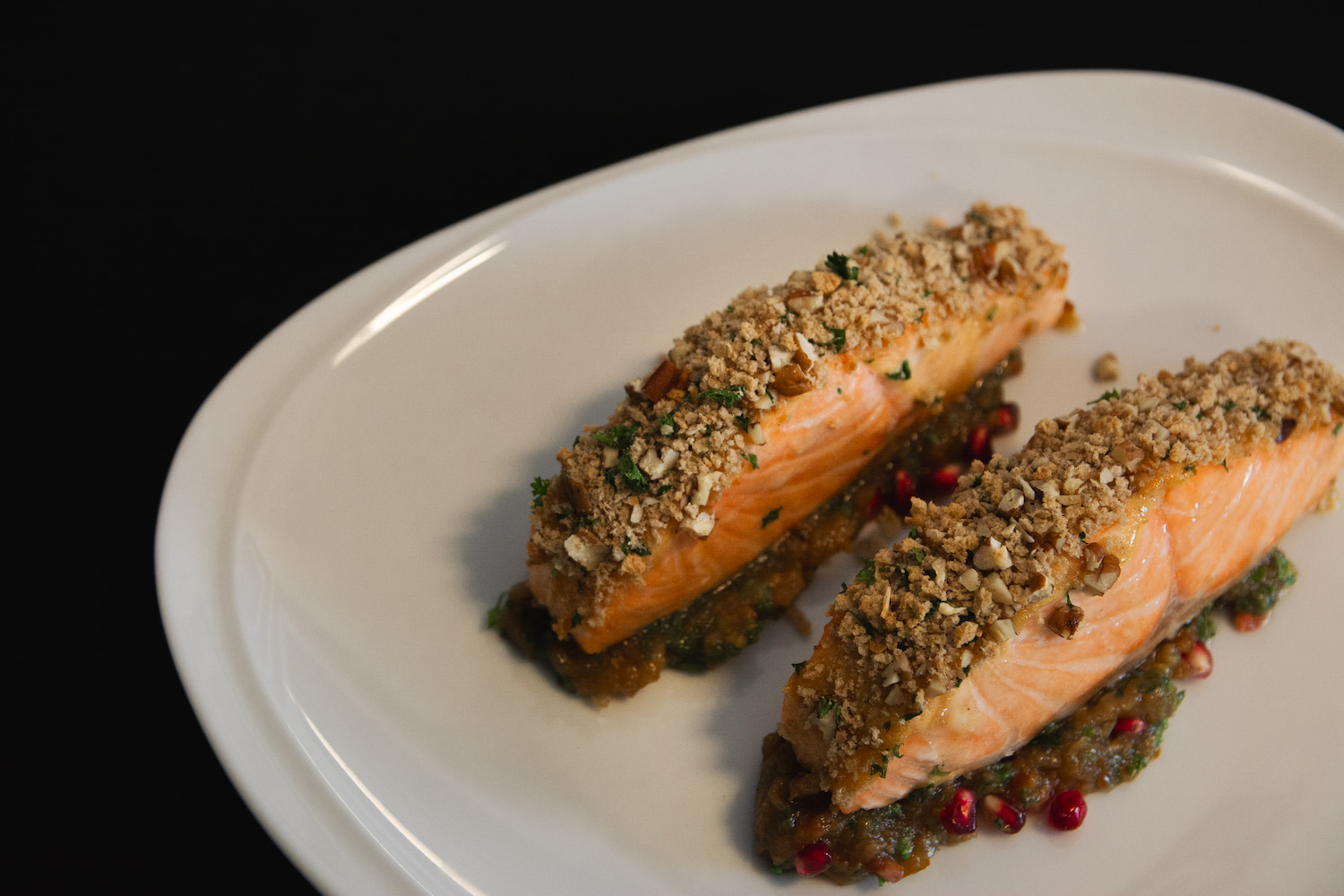
Courtesy of Verlasso
Origin Story
Verlasso launched in 2011 as a sustainability-focused arm of AquaChile, one of the world’s largest aquaculture companies. Early on, it became the first ocean-raised salmon to earn a “Good Alternative” rating from the Monterey Bay Aquarium’s Seafood Watch — a notable milestone at a time when most farmed salmon was rated “Avoid.” That rating is no longer active, but the company’s model hasn’t changed: smarter feed, healthier fish, and less impact on the oceans.
Much of Verlasso’s salmon is raised at its Capera Island farm in Patagonia. The deep waters — 60 to 80 meters — offer natural filtration, while strong currents help keep the fish active and the environment clean. Each fish starts in freshwater and is transferred around 15 months old to one of two deep-sea pens, where it finishes growing. Fish are harvested and shipped the same day to preserve freshness and limit time in the supply chain.
Today, Verlasso holds certifications from the Aquaculture Stewardship Council and a four-star Best Aquaculture Practices rating. You can find it at specialty grocers, restaurant supply outlets, and direct-to-consumer through partners like Fulton Fish Market or KnowSeafood.
The Takeaway
Farmed salmon still has baggage. Open-net pens come with environmental risks, and even the best practices aren’t impact-free. But Verlasso is one of the rare players actually trying to fix the fundamentals — from what the fish eat to how they reach your plate.
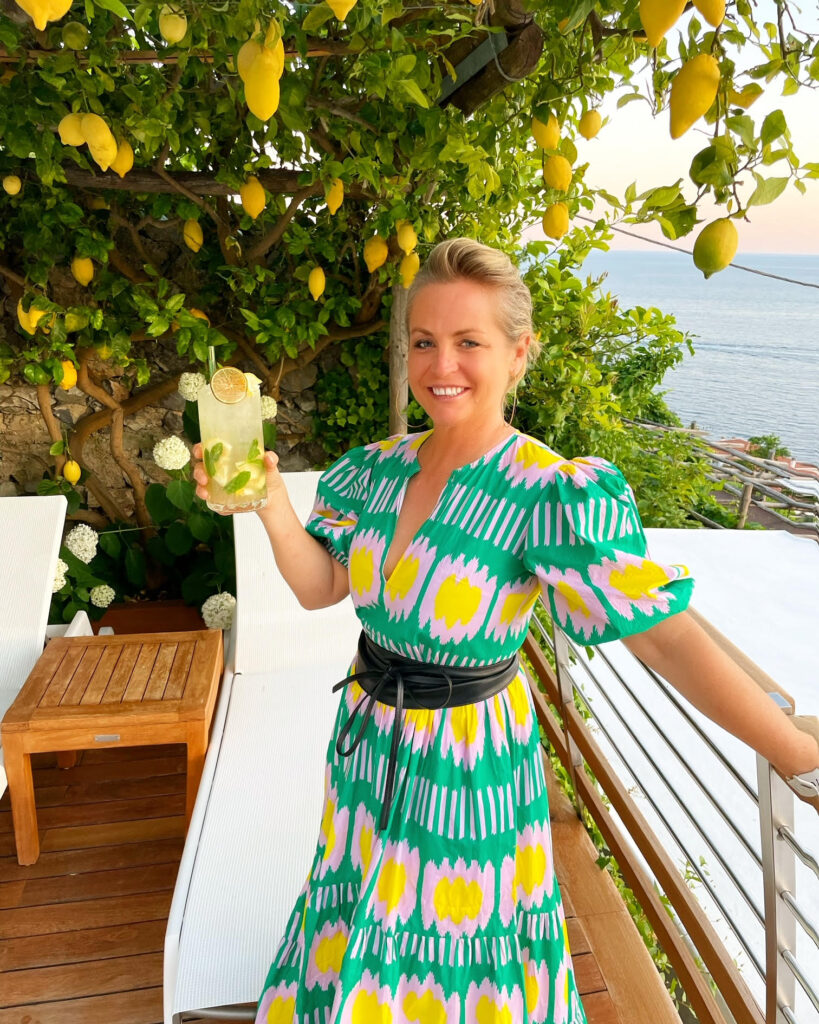
Founder and CEO of Azure Road, Lauren Mowery is a longtime wine, food, and travel writer. Mowery continues to serve on Decanter Magazine’s 12-strong US editorial team. Prior to joining Decanter, she spent five years as the travel editor at Wine Enthusiast. Mowery has earned accolades for her writing and photography, having contributed travel, drinks, food, and sustainability content to publications like Food & Wine, Forbes, Afar, The Independent, Saveur, Hemispheres, U.S. News & World Report, SCUBA Diving, Plate, Chef & Restaurant, Hotels Above Par, AAA, Fodors.com, Lonely Planet, USA Today, Men’s Journal, and Time Out, among others.
Pursuing her Master of Wine certification, she has also been a regular wine and spirits writer for Tasting Panel, Somm Journal, VinePair, Punch, and SevenFifty Daily. Mowery is a graduate of the University of Virginia and Fordham Law School, and she completed two wine harvests in South Africa.
Follow her on Instagram @AzureRoad and TikTok @AzureRoad
North Stars: Production & Consumption, Waste Management, Wildlife Ecosystems


